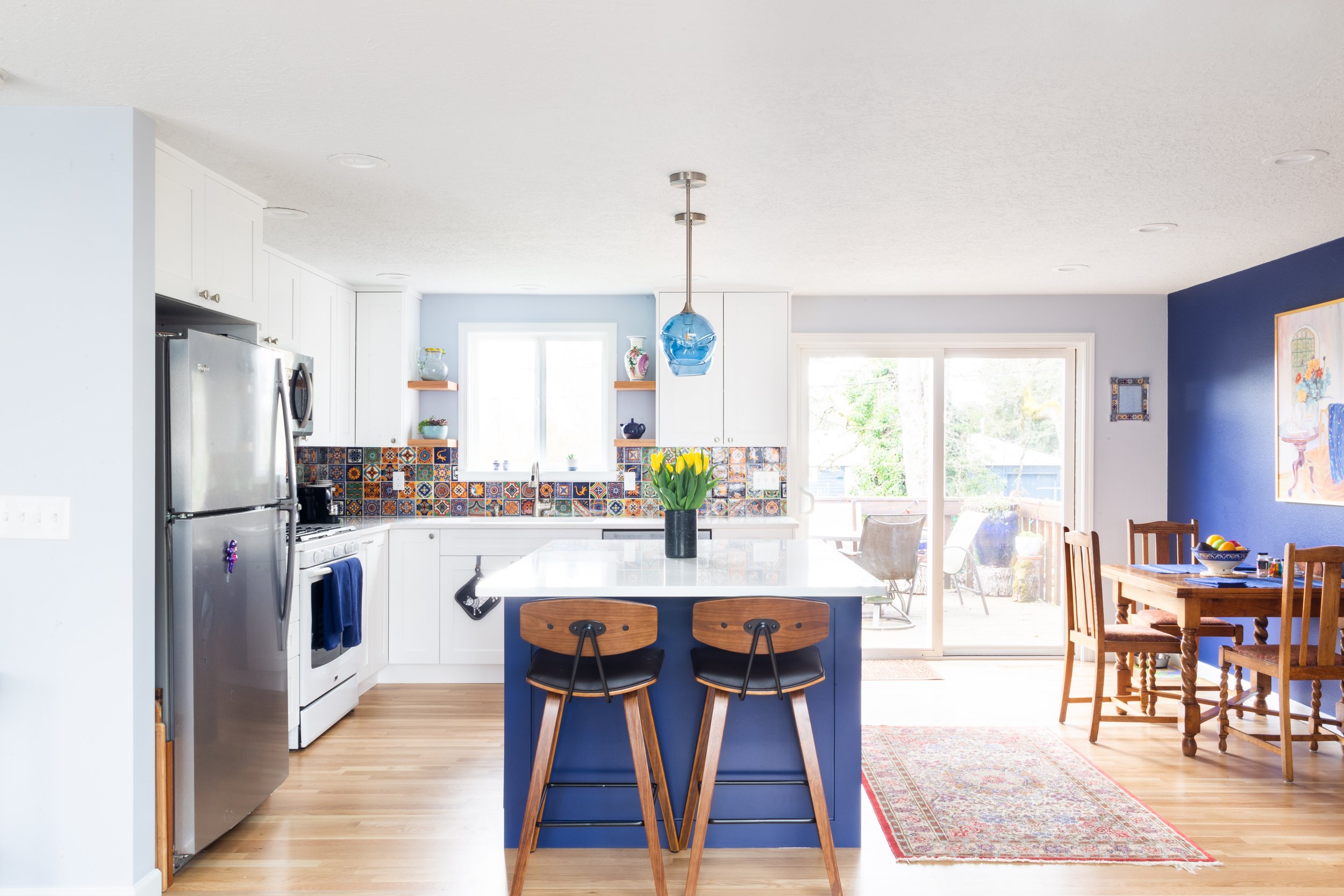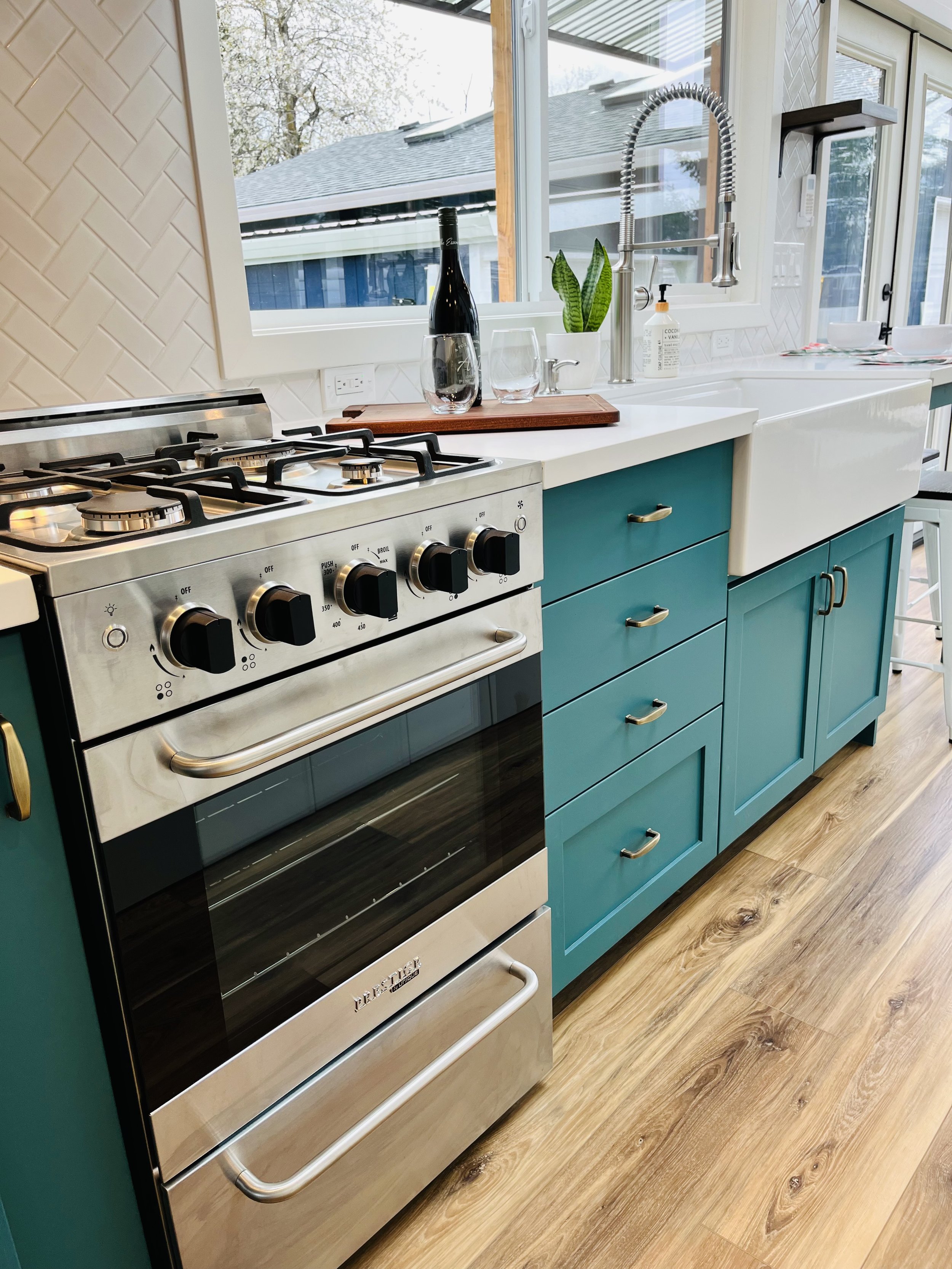How Paint Can Impact a Room
Paint is one of the most impactful elements of interior design, capable of transforming a room's look, feel, and functionality. Here's how paint can affect a space:
1. Room Size Perception
Light Colors: Soft, light hues like whites, pastels, and neutrals make a room feel larger and more open by reflecting light.
Dark Colors: Deep shades such as navy, charcoal, or forest green can make a room feel cozier and more intimate but may also make it appear smaller.
2. Mood and Atmosphere
Warm Colors (e.g., reds, oranges, yellows): These evoke energy, warmth, and excitement, making them great for social spaces like living rooms or dining rooms.
Cool Colors (e.g., blues, greens, purples): These create a calming, relaxing atmosphere, ideal for bedrooms, bathrooms, or meditation spaces.
Neutral Tones (e.g., beige, gray): Offer versatility, creating a timeless, balanced, and sophisticated look.
3. Lighting Effects
Natural Light: Paint colors can appear lighter or darker depending on how much natural light the room receives.
Artificial Light: Warm-toned bulbs can enhance yellow or red hues, while cool-toned bulbs highlight blues and greens.
4. Style and Personality
Bold Colors: Create a statement and add personality. Great for accent walls or eclectic styles.
Soft Colors: Provide a clean and understated look, perfect for minimalist or traditional styles.
Monochromatic Schemes: Use varying shades of a single color for a cohesive and elegant design.
5. Functional Effects
Focus Areas: Bright or bold paint can highlight architectural features, like a fireplace or a built-in bookcase.
Hide Imperfections: Matte finishes help disguise wall imperfections, while glossy finishes highlight them but add vibrancy.
6. Multi-Color Combinations
Accent Walls: Adding a different color to one wall can create a focal point or add depth.
Ceiling Paint: Painting ceilings a darker color can make the space feel cozier, while white or lighter tones make it feel taller and airier.
Trim and Moldings: Contrasting colors for trim (e.g., white trim with colored walls) create definition and frame the space.
7. Enhancing Texture and Patterns
Textured Paint: Adds depth to walls and can create unique effects like plaster or metallic finishes.
Patterns: Stripes, stencils, or geometric designs add interest and break up monotony.
Paint is an essential and powerful element of interior design that can significantly alter the look, mood, and utility of a space. By choosing the right colors and finishes, paint can create a sense of warmth or coolness, stimulate creativity, promote relaxation, or even enhance productivity. Ultimately, thoughtful use of paint not only beautifies a room but also enriches the overall living or working experience.



